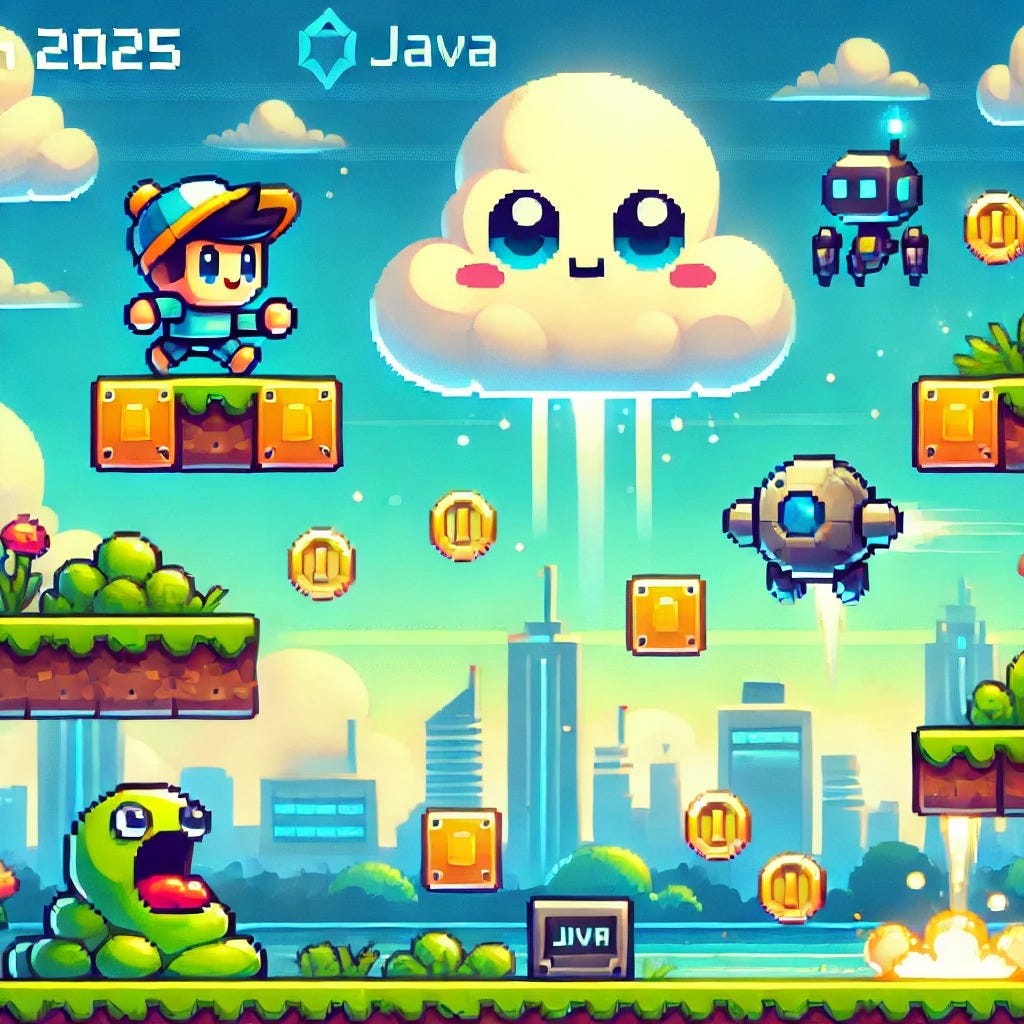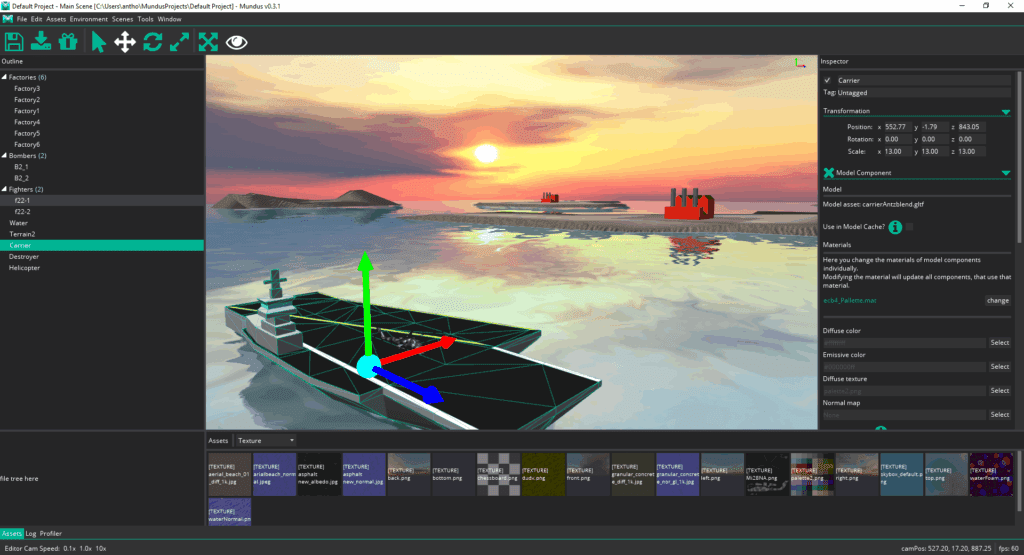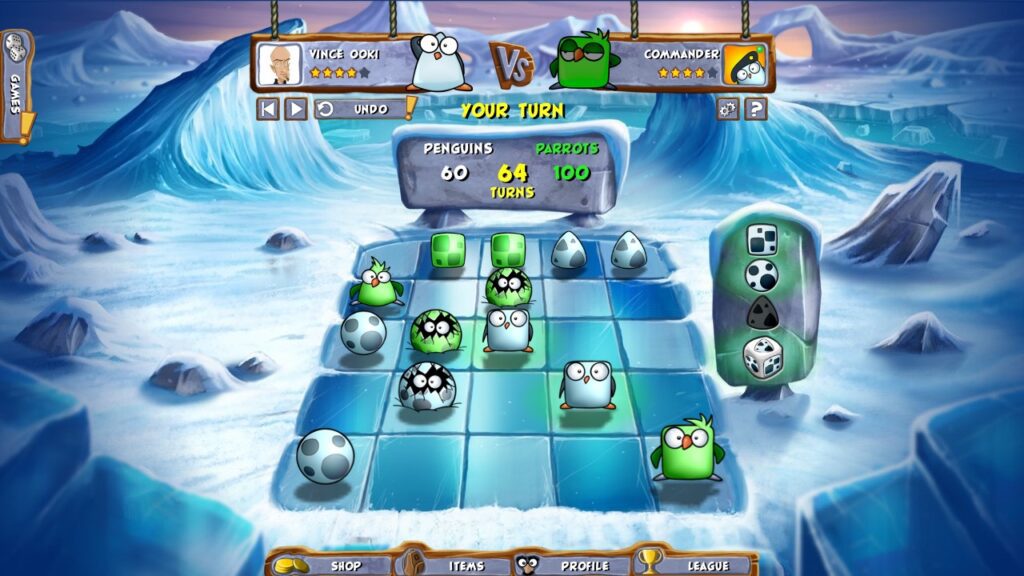In the dynamic landscape of game development, where compatibility, performance, and scalability are key, the term Java cross-platform game engine is rising in relevance and appeal. This powerful concept is transforming the way developers approach multi-platform games, offering a unified path to create immersive experiences that seamlessly run on Windows, macOS, Linux, Android, iOS, and even browsers.
For aspiring developers and studios alike, understanding how these engines operate is more than technical knowledge: it’s a gateway to creative freedom, efficient workflows, and a broader player reach.
This article dives deep into what makes a Java cross-platform game engine such a valuable asset, how it works under the hood, and which engines currently lead the way in this space. Whether you are a solo developer or part of a growing team, the content ahead will offer a solid roadmap to mastering the strengths of Java in game development!
Read as well: Cross-platform C++ engine – 5 great options
Why a Java cross-platform game engine matters
The idea of “write once, run anywhere” has always been central to Java’s appeal. In the world of games, however, this takes on a whole new meaning: this allows developers to build a single codebase that can be compiled and executed across multiple platforms.

This drastically reduces the workload, time, and cost associated with maintaining different code versions for each platform. Additionally, it creates an opportunity to reach a broader audience with minimal rework.
What makes Java particularly attractive in this context is its mature ecosystem, well-established community, and the presence of virtual machines (JVMs) on nearly every device imaginable. A game built with such an engine is not just functional across systems: it is also optimized for performance and consistent in user experience.
The core of a Java cross-platform game engine
At the heart of every Java cross-platform game engine lies the Java Virtual Machine, responsible for running Java bytecode across multiple environments. This machine-level abstraction allows developers to write once and deploy anywhere, with the engine handling the heavy lifting of adapting graphics, inputs, and outputs to different hardware configurations.
Java cross-platform engines typically support both 2D and 3D game development. They manage rendering pipelines, audio engines, input handling, physics simulations, and networking systems, all within a Java-friendly structure. These engines leverage OpenGL bindings, JNI (Java Native Interface), and game-specific libraries to push the boundaries of what Java can do visually and interactively.
A good example is the integration of OpenGL ES for mobile devices, which allows a Java-powered engine to render sophisticated graphics on Android and iOS with minimal adjustments. This is possible due to frameworks that abstract low-level details, making them manageable through high-level Java APIs.
Popular Java cross-platform game engine options
Choosing the right engine depends on the project’s requirements and the developer’s experience. Among the most widely used engines are jMonkeyEngine, libGDX, and PlayN – and, as we’ll see down below, each offers unique advantages in terms of design philosophy, toolsets, and community support.
jMonkeyEngine: a 3D-centric powerhouse

jMonkeyEngine stands out for its focus on 3D game development. Built entirely in Java, it includes tools for scene graph management, lighting systems, physics integration using Bullet, and a versatile asset pipeline. Developers can target Windows, Linux, macOS, Android, and VR platforms. Its open-source nature and extensibility make it ideal for studios that want deep control over their rendering pipeline and game architecture.
libGDX: versatility for 2D and 3D

libGDX is arguably the most popular Java cross-platform game engine due to its flexibility, active community, and robust documentation. It allows the creation of 2D and 3D games and supports desktop, mobile, and web deployment via GWT (Google Web Toolkit). One of libGDX’s key features is its ability to handle asset management and input abstraction across platforms, enabling developers to switch between PC and mobile without changing input logic or rendering code.
PlayN: optimized for web games

PlayN excels in scenarios where web deployment is a priority. Originally developed by Google, this engine compiles Java into JavaScript for browser execution. It’s lightweight, fast, and ideal for smaller games or educational tools that need to run directly in browsers without requiring users to install anything.
Java and performance in game engines
One of the biggest debates around a Java cross-platform game engine is performance. While Java does not offer the same low-level memory control as C++, its performance is more than sufficient for a wide range of games. Thanks to the Just-In-Time (JIT) compiler, Java can achieve near-native speeds in many scenarios, especially when paired with optimized libraries and engines designed to minimize garbage collection and runtime overhead.
The strength of this kind of game engine lies not just in raw performance, but in how it balances development speed and final product quality. The ability to rapidly iterate, debug, and deploy makes Java ideal for prototyping and agile workflows. With well-designed asset pipelines and memory management, modern engines can deliver games that are fast, smooth, and reliable across platforms.
Challenges and limitations of Java cross-platform engines
While those engines offers many benefits, it’s important to understand their limitations. The JVM, while powerful, introduces an additional layer that may not be ideal for ultra-low-latency applications like high-end AAA titles. Additionally, native integration on platforms like iOS can be more challenging due to Apple’s restrictions on interpreted languages.
Another factor to consider is the relatively smaller community size compared to engines like Unity or Unreal. Although engines like libGDX and jMonkeyEngine have active contributors, the number of plugins, asset stores, and third-party tools is still more limited. This means teams may need to build custom tools or pipelines for more complex needs.
Still, for many game types, especially 2D games, puzzle titles, simulations, or strategy games, these engines deliver everything needed for successful development and launch.
Main Leaf brings Java games to life with professional support!
For developers who are eager to harness the power of a Java cross-platform engine but lack the time or resources to handle every aspect in-house, collaboration becomes a natural step. At Main Leaf, our team is deeply experienced in cross-platform development using Java and other technologies. Whether it’s full development or co-development, our skills in project management, programming, and creative design enable us to bring ideas to life efficiently and beautifully.
Our mission is not just to build games, but to build relationships supporting publishers and developers around the globe with tools, knowledge, and craftsmanship that elevate their projects to new heights. If you’re planning your next game and want the confidence of working with professionals who understand both technology and market needs, we invite you to reach out through our site.
Remember: with the right approach, Java continues to prove that it is more than capable of powering modern gaming experiences, and the journey is only just beginning.

